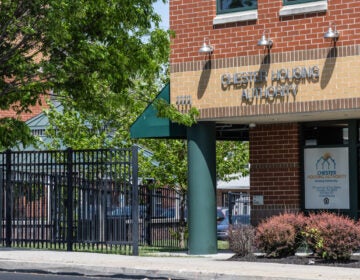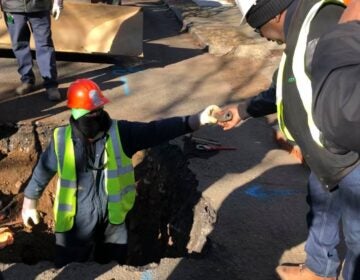Rivers, industry and cars: a historian looks at river towns along lower Schuylkill

Historian and blogger Michael Tolle recently moved away from his home of 36 years near the Schuylkill River valley, but that doesn’t mean the region has captured less of his attention. This spring, Tolle plans to publish a book based on his historic studies of eight towns located along the Lower Schuylkill River between Reading and Philadelphia. The book also explores how the towns could prosper in the future.
Tolle was struck by the historic similarities of the eight towns: Pottstown, Royersford, Spring City, Phoenixville, Norristown, Bridgeport, Conshohocken and West Conshohocken.
“All of these towns on the lower Schuylkill river all came into being for the same reason. They all assumed the same shape. The only difference between the towns other than their size is the topography on which they sit. Otherwise their commercial districts, their residential districts, their industry are all in the same place and in the same order,” said Tolle.
Tolle said like many places in Pennsylvania after World War II, the eight towns began a long decline and experienced the loss of industry and the loss of the railroad. He found the trend of the eight river towns including their rise and fall began to diverge greatly by about 1980.
Most of the towns of the Lower Schuylkill Valley remain stagnant, Tolle said, with the exception of Phoenixville, Conshohocken and West Conshohocken.
Tolle started to think about how can these towns move past stagnation and become revitalized.
One recommendation he has for the towns is to ignore their industrial pasts and start from scratch, beginning with how towns utilize and develop the waterfront areas closest to the Schuylkill River.
“In truth, it was not an easy thing to write because I’m a historian,” admitted Tolle. But the realities of life along the river in these towns have changed 180 degrees, said Tolle. Rather then being thought of as an “open sewer” and used for industry, the Schulkill River is considered a beautiful site with the possibility of new residences and recreation.
Another issue Tolle tackles is what he calls the “Transportation Conundrum” — how towns prioritize the connections within a community, as opposed to the connections for cars to exit and enter a community.
“I am of the opinion that there is a fundamental disconnect, a fundamental contradiction between the automobile and the urban grid and it exists in small towns, medium towns, all the way to large cities,” said Tolle.
The eight towns Tolle focused his research on were built before the automobile. The conundrum and the question of what to do with cars while they’re in town played a part in the collapse of the downtown of all of the eight river towns, said Tolle, and continues to be a major issue facing the towns.
“If they want to be prosperous they have to plan for the return of a problem they had in the ’50s and ’60s which basically destroyed them. They must plan to bring more cars into their communities because they have no alternative transportation.”
Tolle’s book, “They’ve Been Down So Long / Getting Up Still on Their Minds” is expected to become available in spring 2015. You can read more about the lower Schuylkill River valley on his blog.
WHYY is your source for fact-based, in-depth journalism and information. As a nonprofit organization, we rely on financial support from readers like you. Please give today.






